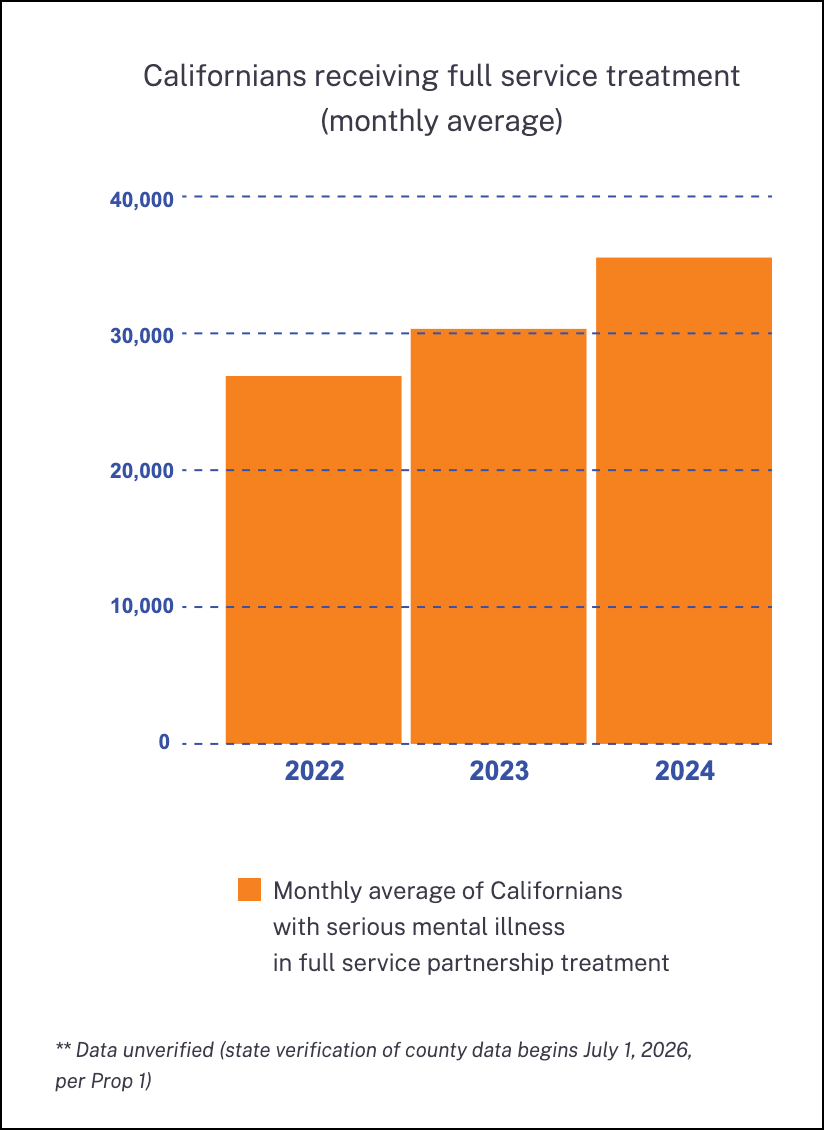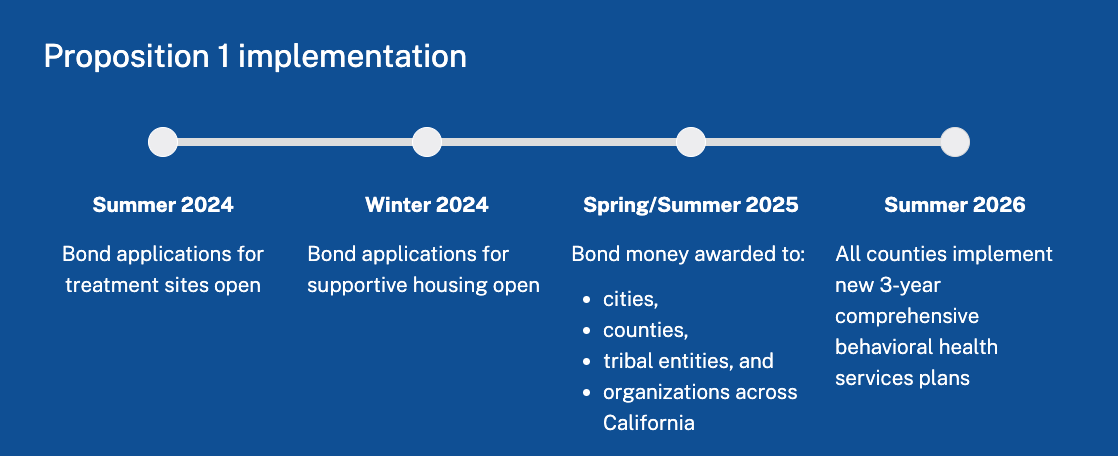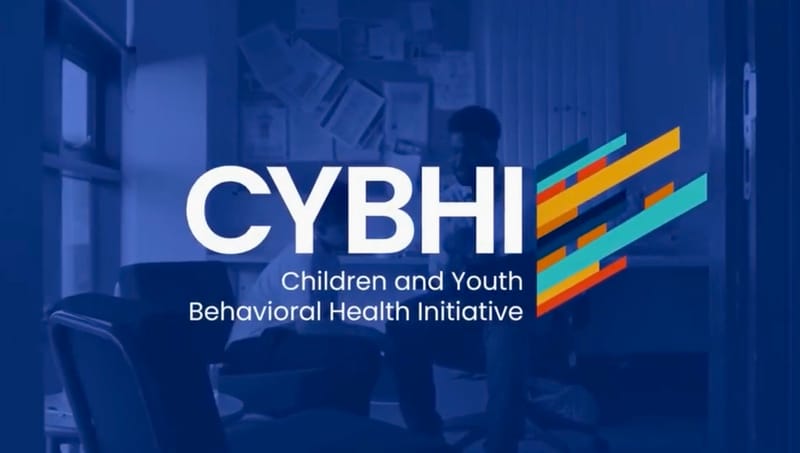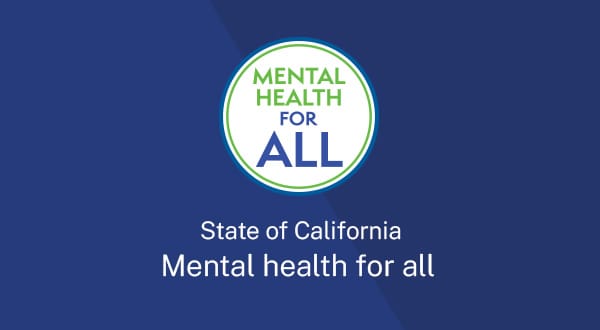94% behavioral health coverage, 31K+ treatment projects reported under CA's "Mental Health for All" initiative
California reports major strides in its behavioral health transformation—from expanded treatment sites to new housing—but 2026 deadlines loom on the horizon.
California is highlighting measurable progress in its ongoing behavioral health transformation, while also pointing residents to new accountability tools and key questions for local leaders.
As of September 21st, 2025, the state reports that 94% of Californians now have behavioral health insurance coverage and more than 31,209 treatment sites and housing units are under construction or already open. The state's Mental Heath for All site explains that these tools are designed to help residents see what’s happening in their communities, with links to dashboards for more detail.
Projects already underway include the Mentis youth wellness campus, which broke ground in 2024 and is expected to serve nearly 2,000 young people each year, and the ABC Recovery Center expansion, which will add 120 inpatient beds along with expanded outpatient services.
Housing efforts have also advanced: three Homekey conversions in Stanton opened in 2024, creating 153 permanent supportive homes, while Puett Place in Novato is under construction to provide permanent supportive housing for veterans.

The Road Ahead
Beginning in 2026, counties will be required to submit new three-year behavioral health plans. These must be based on community input, account for all funding, and will be reviewed by the state for outcomes. Verification of county data will also begin in July 2026, as required under Proposition 1.

Local Accountability
A companion guide urges residents to press county officials on three fronts:
- Acting now: How counties are implementing the CARE Act and conservatorship reform (SB 43).
- Building: Whether counties are applying for their share of Proposition 1 bond funds to expand treatment centers and housing, including projects for veterans.
- Planning: How counties will transition from the Mental Health Services Act to the new Behavioral Health Services Act by July 2026, including how they will use unspent funds, align priorities, and draw down additional resources.
What to Watch
With billions in funding allocated and deadlines approaching, the coming months will test how effectively counties can translate plans and funding into treatment capacity, housing, and support for Californians with the most serious mental health and substance use challenges.







